Reno Auction Results: HAN Solo
A $60 tip might not seem like much in Reno, but at a Taco Bell? A customer asked the manager if she ever gave anything away for free. When she handed him the entire meal for nothing, he threw her three Andrew Jacksons. The exchange was no more inexplicable than some of the deals going down at the Reno-Sparks Convention Center during the Hot August Nights (HAN) car auction.
HAN is a weeklong, self-professed “celebration of rock-and-roll and cars.” This year, Mike Love, Bruce Johnston and their paid friends (a.k.a. The Beach Boys) entertained Baby Boomers to the tune of $50 to $75 a pop. Participants who preferred metal antiques could watch a nightly procession of chromed and metal-flake machines cruising up-and-down Virginia Street.
Meanwhile, Silver Auctions put some 900 vehicles up for grabs. I say “some” because gauging the exact number of vehicles for sale wasn’t easy. Towards the end of the auction, cars that hadn’t met their reserve (the owner’s pre-established minimum) were shuffled back and offered with “no reserve” (last bidder takes all).
Anyway, on Thursday, two collectors proved it only takes two people to make an auction. Both guys wanted a 1966 Shelby-American GT-350 fastback coupe so bad they were willing to make the winner pay through the nose for the privilege. The car’s seller had stoked the fires by circulating a laminated sheet of paper listing the vehicle’s VIN number and the names of all the former owners. The provenance cited the original owner– an obscure (failed?) actor named Don Lococo-– and the date when the car’s color was changed to Wimbledon White with Guardsman Blue. It found a new home for $120k (plus six percent buyer’s fee).
The battle marked the start of Shelbymania. A 1967 Ford/Shelby-American Mustang 500KR fastback went for $167,500 (plus six percent buyer’s fee). Of course, both cars were original and correct— which is auction speak for “you can pay stupid money for this car and soothe your savaged wallet by telling yourself (and your wife) that you bought ‘the real thing’.”
That said, thanks to well-heeled muscle car collectors, the pursuit of authenticity ain’t what it used to be. Many of the muscle cars on offer were announced as “tribute” cars. It seems that “clone” and “recreation” didn’t bestow proper respect on these meticulously modified machines; so “tribute” has become the mechanically correct adjective to describe muscle-car wannabes.
Well fair enough. Many of these tribute cars were indistinguishable from– and better built than– the original article. For example, Lot 174 consisted of a 1969 Chevrolet Camaro powered by a 425 horsepower, 427 cubic-inch Chevrolet V8 connected to a Tremec six-speed manual. It was announced as a “Yenko tribute” car; a paean to the performance guru who convinced Chevy to build a limited run of 427 Camaros so he could plaster them with stickers and sell them at an appropriate premium. Sure enough, Lot 174 wore a full complement of Yenko decals and badges.
Those who know about such things would have quickly scanned the Camaro’s VIN number and unmasked the imposter– if they somehow missed the six speeds atop the shift knob. And? The “Yenko tribute” Camaro was nice enough to fool most of the people most of the time. At $38,500, it was even something of a bargain.
Staying with the ersatz car theme, a couple of Dodge Challengers and Plymouth Barracudas “Hemi tribute” cars also went up for grabs. Again, because only anally retentive—I mean, extremely knowledgeable muscle car aficionados would smell a rat, the cars brought around $75k apiece. That’s not a bad deal for a non-factory Hemi-head look-alike, considering that Challengers and Cudas that were blessed with a factory-fitted hemispherical combustion chamber fetch high sixes and low sevens.
Woody wagons are hot as the beaches they once inhabited. One 1949 Pontiac station wagon sold at $51,250 with faux wood. The delicately hand-painted sides were so realistic that tapping on the painted metal (or attaching a magnet) was the only way to expose the ruse. As is the way of such things, the auctioneers forgot to share that tidbit. When the buyer discovered that he hadn’t bought a real woody, he accepted his fate. After all, by his own admission, he’d been drunk at the time. Can’t blame that on the auctioneers, eh?
The 1955-‘57 Chevrolets were the unofficial stars of the auction. It was buyer’s choice, from stock to pro-street. Prices ranged from $25,500 for stock two-door sedans to $75k to $85k for fuellie convertibles. Then there was a reminder of a simpler, goofier time: a 1958 BMW Isetta. The one-door wonder sold for an astounding $38,500 ($40,810.00 with buyer's fee). Why? Like the Taco Bell transaction, it was just another example of random financial chaos, adjusted, as always, for market trends.
57 years old, male, shares space with a cat. Likes vintage Volvos and has photography as a hobby.
More by Terry Parkhurst
Latest Car Reviews
Read moreLatest Product Reviews
Read moreRecent Comments
- ToolGuy If these guys opened a hotel outside Cincinnati I would go there to sleep, and to dream.
- ToolGuy Michelin's price increases mean that my relationship with them as a customer is not sustainable. 🙁
- Kwik_Shift_Pro4X I wonder if Fiat would pull off old world Italian charm full of well intentioned stereotypes.
- Chelsea I actually used to work for this guy
- SaulTigh Saw my first Cybertruck last weekend. Looked like a kit car...not an even panel to be seen.



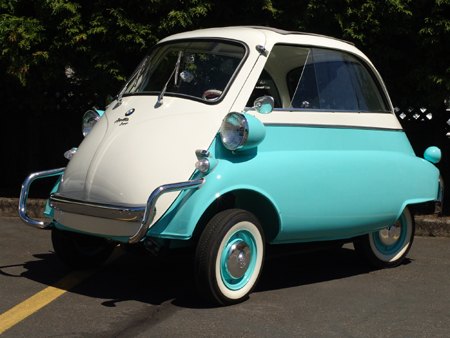















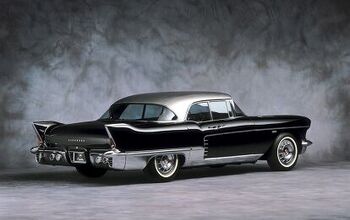
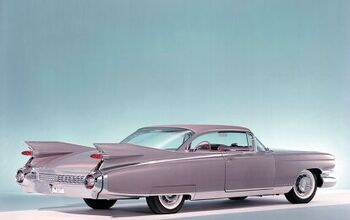
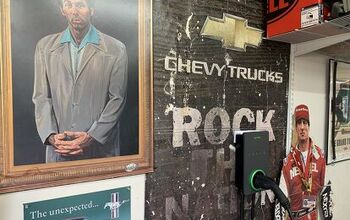
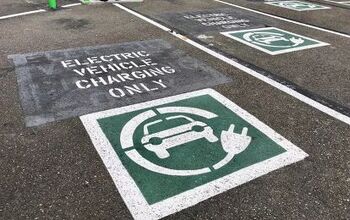
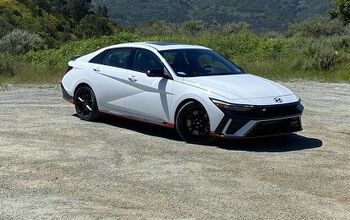
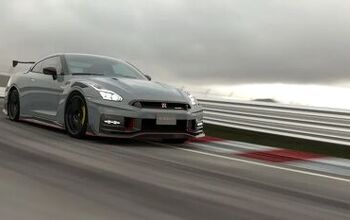
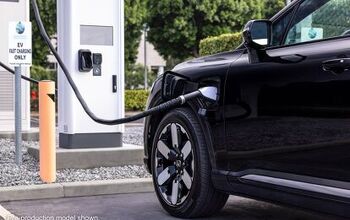
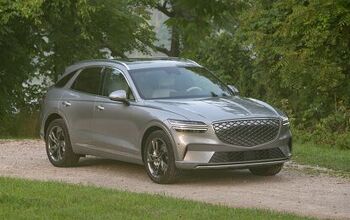
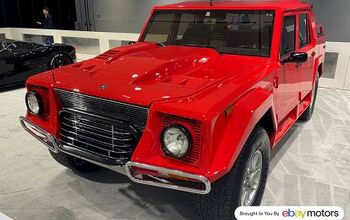
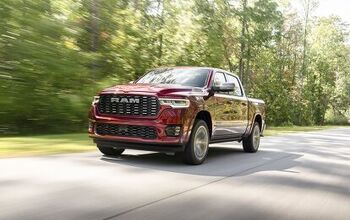
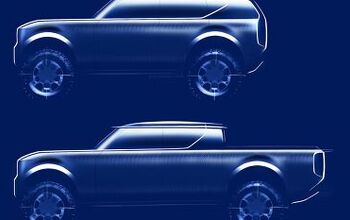
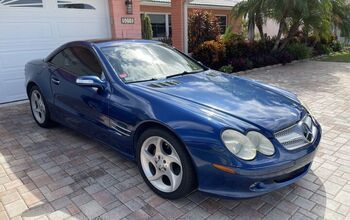

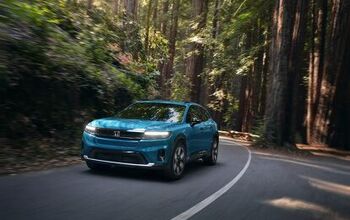


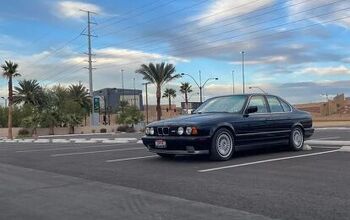
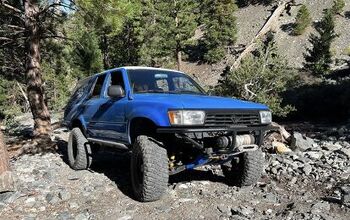
Comments
Join the conversation
I like it. Let's have more like this one.
There's one way to afford that 60's muscle car you've been dreaming about (well, as long as it's not something to rare like a hemi cuda). That's to buy one that needs restoring and put a lot of labor into it. the downside is no instant gratification. The upside is that wehn you are done (provided you stick it out), you will have car that is part of you because you built it.